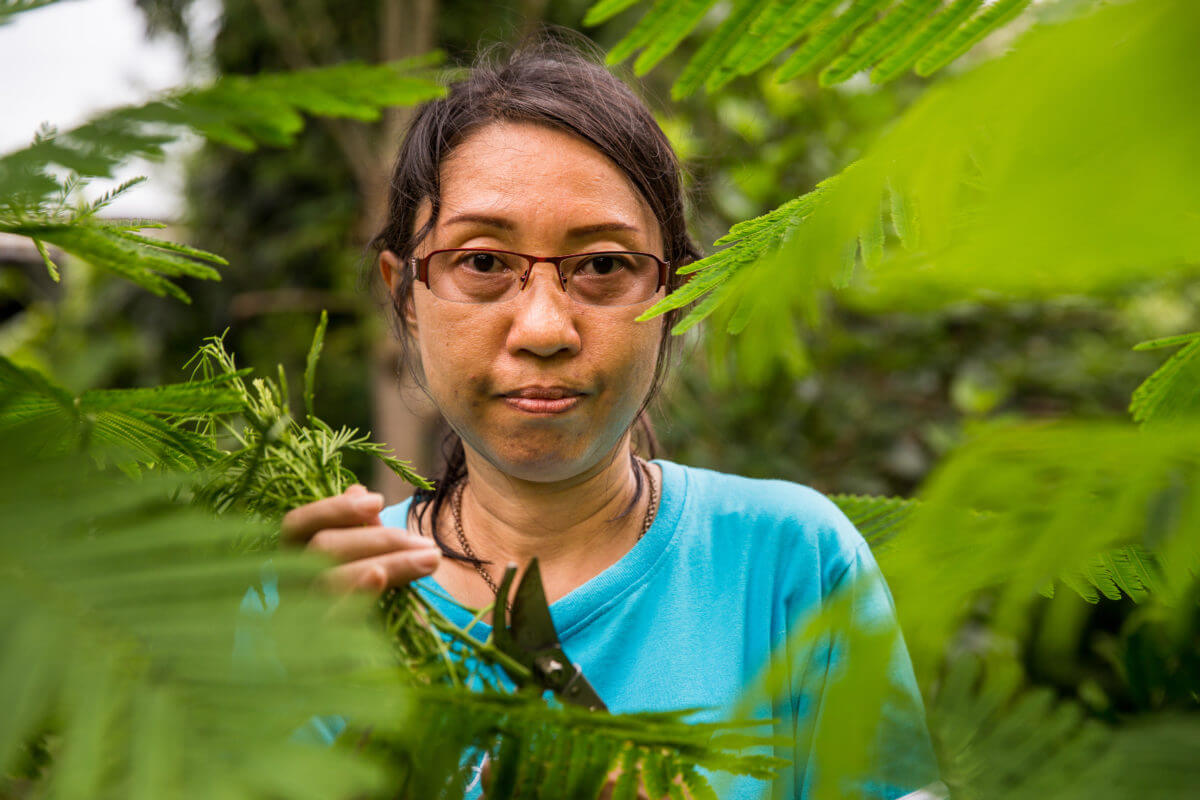THE
GENDER NUTRITION GAP

GLOBALLY, THE GENDER NUTRITION GAP IS SIGNIFICANT AND WORSENING
The gender nutrition gap is the way in which women and girls’ unique biological needs, disparities in access to food & services and harmful social norms have a bearing on their health and economic outcomes.
EVERY YEAR MALNUTRITION

THIS GAP IS CREATED BY UNIQUE BIOLOGICAL NEEDS, DISPARITIES IN ACCESS TO FOOD & SERVICES AND HARMFUL SOCIAL NORMS.
It’s complicated. Yes, it’s about food and nutrition but it’s also about biological needs and cultural & social norms. It’s about poverty, government priorities and a lack of political will. Much like the pay, digital, data, education, and health gender gaps, it’s about systemic failures and how one gap creates many. It’s about feminism, rights and conflict. It’s about the climate crisis, justice and freedom.
But it’s also simple. It’s about nutritious food and who eats last, least and worst. It’s about feeling depressed and exhausted. It’s about painful periods and being low on iron. It’s about mother’s sacrificing when food is limited. It’s about a lack of equality in household finances, decisions and expectations. It’s about girls not being able to concentrate at school and a 10% reduction in life time earnings.
It’s devastating. It’s about 1 billion women and girls worldwide facing undernutrition. It’s about their suffering and death. It’s about dangerous consequences for the health of mothers and babies and an increased risk of haemorrhaging during childbirth. It’s about wellbeing and quality of life. It’s about the 150 million more women and girls who are hungry compared to men and boys.
But it’s also preventable. It’s about dedicated budgets from governments and specific nutrition policies. It’s about the allyship of men and equal political power. It’s about changing our beliefs about the role of women and girls. It’s about accountability.
